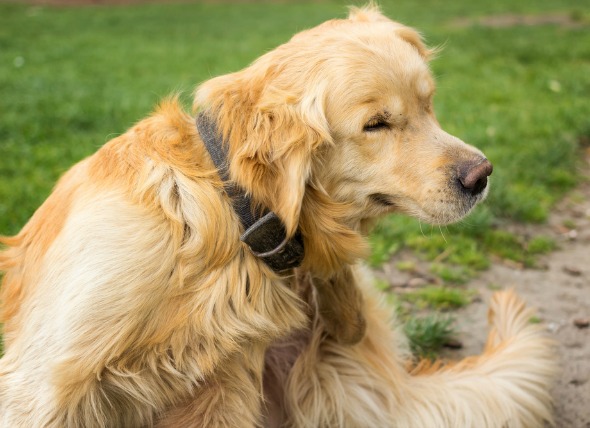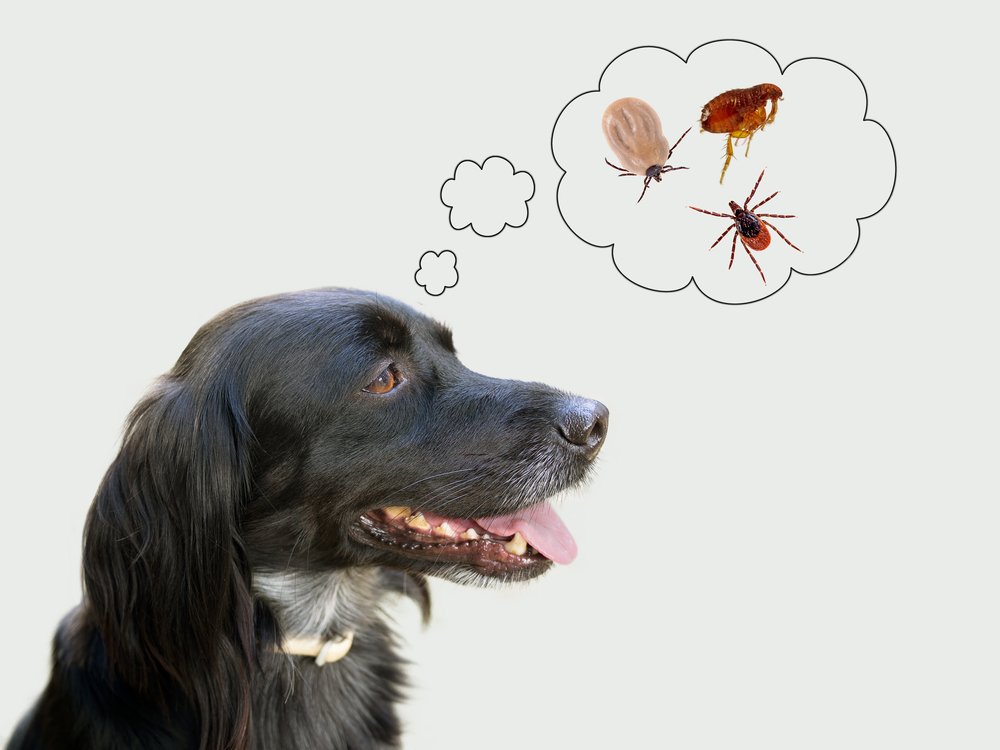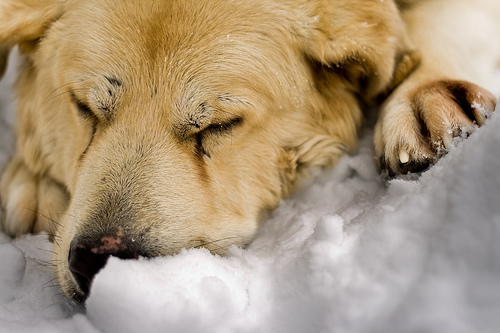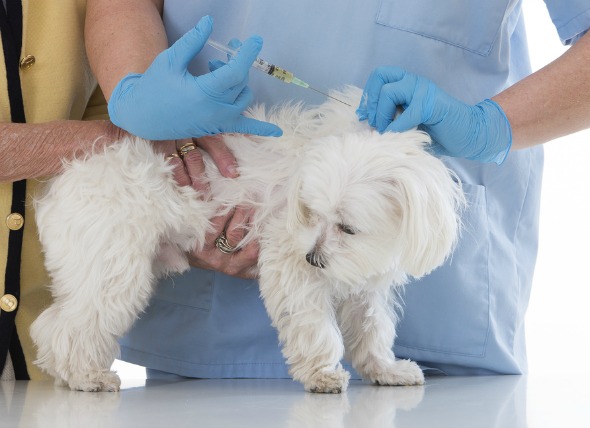Most canine behavioral problems are due to a lack of restraint. Dogs never learn to control themselves, and instead sate their curiosities and desires with little regard for etiquette or meeting their owners' expectations. For example, they'll jump on guests; they'll run outside whenever the opportunity presents itself; or they'll bark incessantly until their owners give them attention.
Professional trainers recommend making your canine work before you allow him to satisfy his curiosities and wants. For example, if he wants your attention, he must remain silent and seated on his haunches for ten seconds. This helps him develop self-restraint. It also makes him a more pleasant companion for you, your family, and your guests.
In this article, we'll provide a blueprint for teaching your canine discipline and self-control. Consider the following tips an addendum to your pet's current training program.
First Things First: Laying The Foundation
Most of the effort you'll invest with this training will be spent motivating your dog to comply with simple commands. If he has not already learned to "sit," you'll need to train him to do so before proceeding. You'll also need to train him to "stay" or "lie down" when you tell him.
These three commands are essential to helping your canine develop self-restraint. Each requires very little time, and can be done with short 5-minute sessions throughout the day. Repetition and treats will prove invaluable.
1 - Make Him Earn Your Attention
Dogs love the attention of their owners. They are willing to set everything aside (with the exception of food) to play, be petted, or simply be next to their owners. The problem is, a lot of pets gradually become more demanding of attention. For example, your canine might walk up to you, and nuzzle your hand with his nose. Or he might bark until you respond to him, even if you do so in anger. From his point of view, any type of attention is better than none.
If your pet does any of these things, make him sit calmly for a few seconds while waiting for your attention. Once you give him the command, ignore him while he waits. If he does so successfully, give him a treat and praise him.
2 - Help Him Maintain Composure Before Meals
Dogs love food. It enthuses them in a way few other stimuli ever will. For this reason, your pet may become overly-excited when you prepare his meals. For example, a lot of canines will jump up and down, or turn in circles while they wait. Some may even begin barking impatiently when their owners dawdle. This is poor behavior that should be curbed.
Command your dog to sit. Make him wait until you have placed his bowl on the ground in front of him. If, due to a lack of self-control, he refuses to sit, remove his bowl and food from sight, and leave the room. Return after a few minutes and try again. He'll quickly learn to comply.
3 - Make Him Work Before Taking Him For A Walk
Canines love to take walks nearly as much as they love food. Being outdoors gives them a chance to see the neighborhood, smell new scents, and meet other pets and their owners along the way. The slightest hint you're about to take your dog for a walk may excite him. A lot of canines with very little self-restraint will run to the door, and begin barking in anticipation. Some may even start to scratch the door as they wait for their owners. This behavior can - and should - be discouraged.
As before, command your dog to sit patiently and quietly until you arrive to place his collar and lead. If he fails to comply, put both away and return to your seat. Ignore him while he waits, even if he barks. Then, try again after a few minutes. He'll learn that he needs to obey your command in order to go outside.
These exercises are simple, but play an important role in helping your dog develop self-restraint. Over time, he'll learn to wait patiently if he wants to do the things he enjoys.

 Benefits of Oats for Dogs and Cats
By Randy Kidd, DVM, PhD
Oats are always at the to
Benefits of Oats for Dogs and Cats
By Randy Kidd, DVM, PhD
Oats are always at the to
 Does My Dog Have Fleas?
How to Inspect and Remove Fleas from Your Dog
By J
Does My Dog Have Fleas?
How to Inspect and Remove Fleas from Your Dog
By J
 10 Ways to Remove a Tick from Your Dog
By Jennifer Kvamme, DVM
It’s no fun having
10 Ways to Remove a Tick from Your Dog
By Jennifer Kvamme, DVM
It’s no fun having
 How to Alleviate Arthritic Pain During the Winter
Dog Care for Cold Weather Aches
Many peopl
How to Alleviate Arthritic Pain During the Winter
Dog Care for Cold Weather Aches
Many peopl
 To Vaccinate or Not: A Vet's Perspective
By T. J. Dunn, Jr., DVM
Among pet caretaker
To Vaccinate or Not: A Vet's Perspective
By T. J. Dunn, Jr., DVM
Among pet caretaker